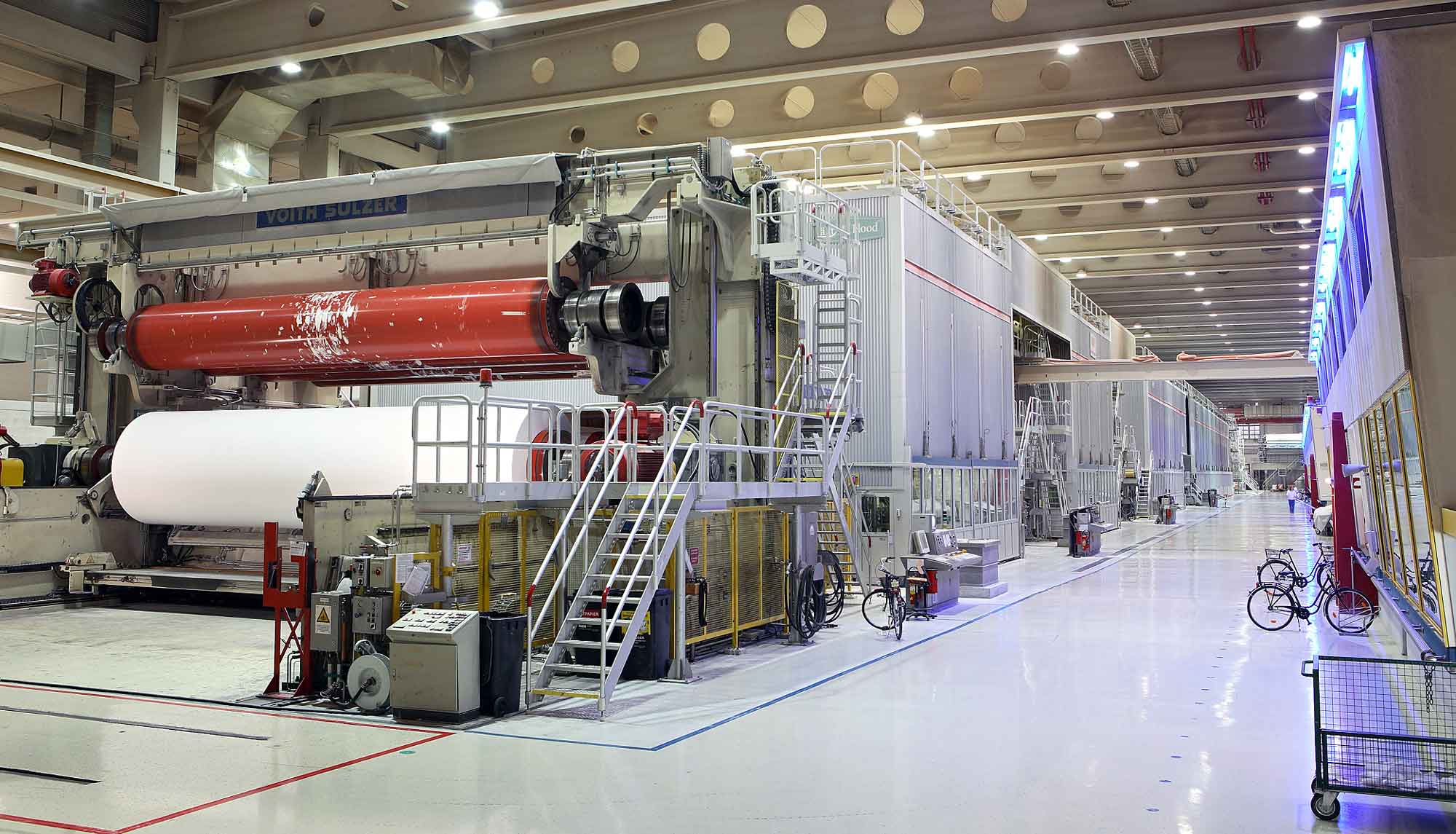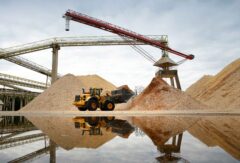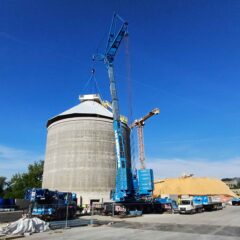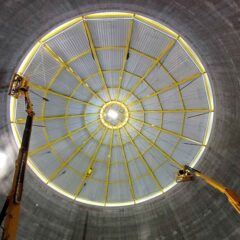The Gratkorn plant near Graz is the largest production site within the Sappi Europe industrial group. The Styrian paper and pulp mill produces 950,000 tonnes of top-grade, multi-coated paper every year, which is used for high-quality publications all over the world. The company also produces 250,000 tonnes of completely chlorine-free bleached pulp per year. Around 95% of the plant’s production is exported.
The production of paper and pulp is an energy-intensive process, which in the past was partly dependent on coal at the Gratkorn plant. As part of Sappi Europe’s decarbonisation roadmap, a power plant boiler was converted in 2021/22. The former coal-fired boiler 11 has since been operated with biomass and natural gas. The modernisation has made it possible to reduce the CO2 footprint by almost 30%. The biomass used by Gratkorn comes from various sources. Wood residues from pulp production as well as black liquor, which is a by-product of pulp production, are used to generate energy. Work is currently underway to further increase the proportion of biomass. Residual materials from regional forestry and the forest industry value chain are to be utilised as biomass sources. The aim is to use only renewable and CO2-neutral fuels at the Gratkorn site in the long term.erneuerbare und CO2-neutrale Brennstoffe am Standort Gratkorn einzusetzen.
Expansion of the infrastructure for the use of biomass
As part of the EU-funded BioFit Step 1 and Step 2 projects1, the company is now taking the next step on the road to decarbonising production. The infrastructure is to be expanded to increase the capacity for handling the delivery, sorting and processing of larger quantities of biomass. The increased utilisation of renewable energy sources requires improved biomass handling at the plant. Decentralised interim storage terminals are also needed in the surrounding regions. The aim of the BioFit project is to be able to provide approx. 300,000 tonnes of biomass per year for boiler 11. To achieve this, the logistics for delivery by rail and lorry and for transporting and handling the biomass at the plant must be set up. A double-digit million euro sum is being invested at the Gratkorn site.
Realisation in two steps
The biomass handling system is being developed as part of BioFit Step 1. This includes the delivery and processing of the biomass at the plant, storage in two silos of 10,000 m3 each and in an open storage area of 5,000 m2 as well as the installation of biomass conveyor belts. At the centre of BioFit Step 2 is the implementation of the railway infrastructure, i.e. the construction of the unloading tracks and a container terminal. In addition, a third silo with a capacity of 10,000 m3 is to be built for biomass storage, and a photovoltaic system is to be installed.
Outlook
Commissioning of the biomass reception and processing facilities and the first silo is planned for autumn 2024. The entire infrastructure is to be realised by mid-2025. The project thus lays the foundations for reducing the use of natural gas at the Gratkorn plant and significantly increasing the proportion of biomass. This aims to reduce CO2 emissions by a further 100,000 tonnes per year, which corresponds to a reduction in the CO2 footprint of around 25%. Together with the modernisation of boiler 11, this amounts to a total of approx. 55%. The company also aims to sustainably reduce energy costs and its dependence on international energy markets by switching to regionally available biomass.

„Sappi’s decarbonisation roadmap shows the path we need to take towards a carbon-neutral future. With this project, we are creating the necessary infrastructure at one of Austria’s largest biomass energy plants in order to continue to consistently replace fossil fuels. The associated expansion of the rail terminal will also reduce the burden on road infrastructure and thus the environment. With BioFit, we can save a further 100,000 tonnes of CO2 a year.“
Peter Putz,
Managing Director of Sappi Austria GmbH
1 BioFit Step 1 and Step 2 are being funded as part of the Climate and Energy Fund’s “Transformation of the Economy” programme. The funds come from the European Union’s Recovery and Resilience Facility (RRF), the centrepiece of NextGenerationEU, and are anchored in the Austrian Recovery and Resilience Plan 2020-2026 (ÖARP).
www.klimafonds.gv.at/transformation-der-wirtschaft-gefoerderte-projekte




